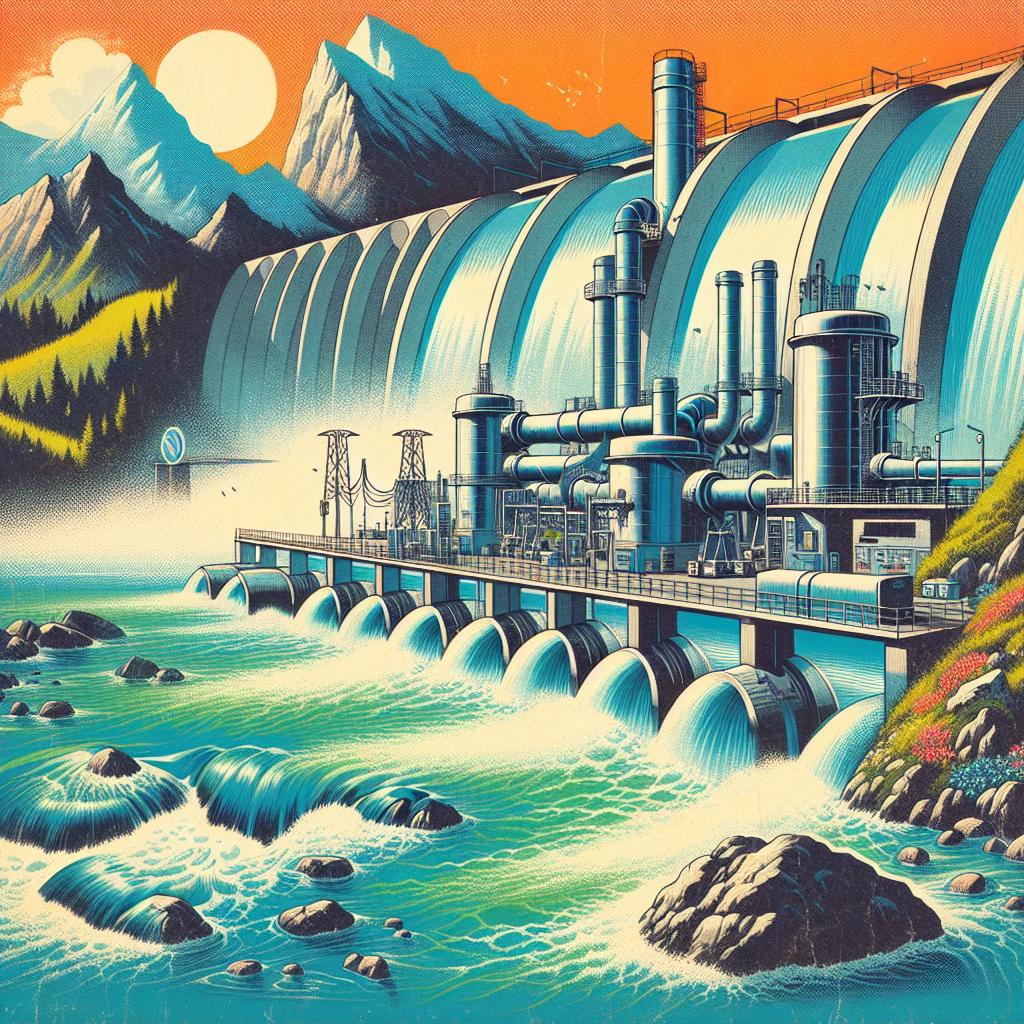The conversation surrounding public water safety is gaining significant traction within both environmental circles and the wider public discourse. In recent years, the spotlight has been on a class of chemicals known as PFAS, short for per- and polyfluoroalkyl substances, which have raised alarms nationwide due to their persistent nature and potential health risks.
In an unprecedented move, the Biden administration has established the first national limits on PFAS in drinking water, aiming to shield American communities from exposure to these toxic substances. This decision reflects a growing recognition of the dangers posed by these chemicals, often dubbed ‘forever chemicals’ due to their resistance to breaking down in the environment.
Before we delve deeper into this significant policy shift, let’s explore what those pesky PFAS chemicals are and why they matter.
What Are PFAS and Why Should We Care?
PFAS encompass a broad group of over 4,700 chemical substances used in numerous applications, ranging from nonstick cookware to waterproof clothing. They have become a national concern following studies linking PFAS exposure to serious health risks, including cancer, liver damage, and immune system dysfunction. Because of their wide application and resilience in the environment, PFAS have been found in water supplies, soil, and even in the blood of the general population.
The newly established limits are designed to drastically reduce the presence of these chemicals in drinking water, targeting points where they are most frequently discovered. Setting these standards represents a crucial step toward better public health.
Weakened Protections and Legal Challenges
While initiatives like the Biden administration’s action demonstrate progress, efforts to sustain and uphold clean water protections often hit bumps in the road. Legal challenges regarding wetsland protections under the Clean Water Act have become a prevalent issue, leading to weakened safeguards that many fear will allow pollution to seep into vital ecosystems and ultimately impact drinking water sources.
For instance, litigation efforts by various stakeholders, including industries invested in certain land development policies, have strained the federal government’s capability to enforce environmental protections. As wetlands and waterways serve as essential buffers against floods, they also act as natural filtration systems for our drinking water. Eroding these protections has implications not just for ecosystems but also for community health and safety.
Addressing Infrastructure and Community Needs
Whether it’s combating the presence of PFAS or dealing with the multifaceted impacts of environmental policies, it becomes increasingly apparent that transitioning towards a sustainable water infrastructure is pivotal. In particular, recent federal and state initiatives have made strides to improve water infrastructure and access for low-income communities. These efforts target systemic inequalities that have historically seen marginalized groups bearing the brunt of water safety issues.
By focusing on task forces that assess local needs and allocate resources to driver improvements, policymakers aim to ensure that all communities can access clean water. This focus is crucial, especially in areas where water systems may have faltered due to neglect or underfunding.
While pipelines and filtration systems are critical, there’s also a need for public awareness and education about the risks of contaminants in our water systems. Grassroots organizations are stepping up to fill this gap, working to inform residents about water quality and advocating for systematic improvements.

Bridging the Gap: The Path Forward
As we consider our neighborhoods and municipalities, it’s essential to advocate for policies that promote environmental justice and ensure resources are equitably distributed. Citizens play a role too—demanding more robust environmental reforms can amplify the voices that fight for clean drinking water.
Furthermore, keeping abreast of policy developments is vital so that communities can mobilize in response to potential regressions in environmental protections. Engaging with local government initiatives that affect water infrastructure will create space for collective action. These efforts can take many forms, from attending town hall meetings to joining advocacy groups focused on water health.
Ensuring access to safe drinking water is not just about regulations or infrastructure; it’s also about understanding the interplay of public health, environmental policies, and community resilience. The work being done at the federal level to limit harmful chemicals like PFAS is important, yet it is only one piece of a much larger puzzle. Both local action and national policy must work in concert to protect our precious water resources for generations to come.
Let’s keep the conversation going, stay informed, and work together for a healthier tomorrow.
As we move forward, it remains crucial to embrace the intertwined nature of policy, environment, and community health in discussions of public water safety. To ensure systemic change, all voices must be heard.



